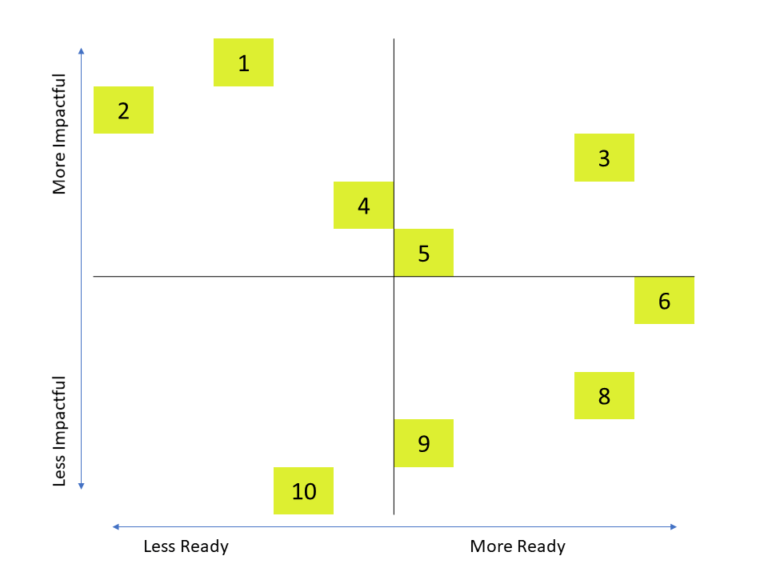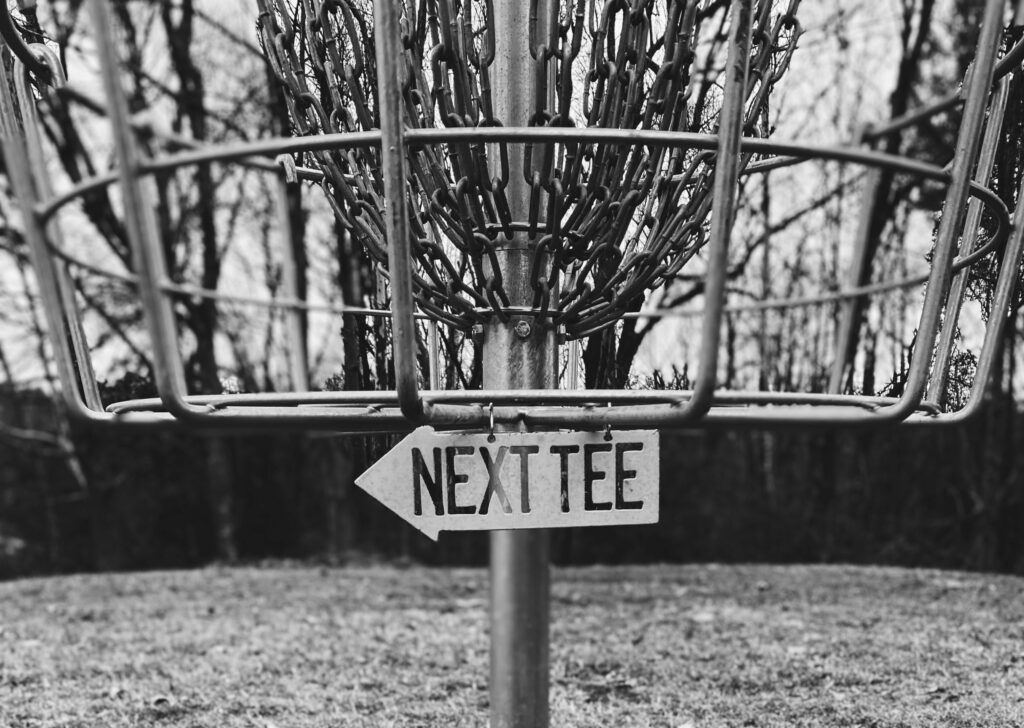We’ve talked about the value of planning and making decisions ahead of time. But the trick is not just to make the plan. The trick is to stick to the plan you’ve made.
Because I can almost guarantee you that however solid and reasonable your plan, when it comes time to execute it, your brain is going to rebel. It will argue that it doesn’t really matter whether or not you stick to your exercise schedule or meal plan. After all (your brain will say to you), you made the plan. You can change the plan. No big deal, right?
And the more often you throw the plan out the window, the easier that “no big deal” moment becomes. Each time you alter your plan, you empower the part of your brain that always wants to abandon the plan.
The problem here is that your brain has (at least) two parts: A higher brain that’s looking out for your future well-being and a lower brain that favors immediate gratification.
Which part of your brain do you want calling the shots?
We often refer to that lower brain as our Inner Toddler. And just like a child testing limits, our lower brain is constantly testing to see whether it can get the higher brain to cave in on all those pesky, no-fun plans. But just as a child actually feels much safer and happier when they realize that there are limits that prevent them from doing whatever they want, you will feel so much calmer and more in control when you know that you can count on yourself to stick to the plan. And every time you do, you strengthen that part of your identity.
The art of planning
Whether you are planning your work schedule, your meals, your exercise, or any other habit, you may need to experiment to discover what level of detail is flexible enough to be realistic without being so flexible that it fails to keep you on track. But whatever level of detail you arrive at, it’s helpful to write it down. Because then when your lower brain starts negotiating, or you conveniently “forget” what the plan was, you can refer to that document and remind yourself, “Nope, this is the plan. End of discussion.”
At the first moment of rebellion, when your lower brain starts to argue that it doesn’t really matter whether you eat a salad or saltines for lunch, you calmly tell your lower brain, “No, we’re going to stick to the plan–simply because that’s what we planned. If we decide we don’t like this plan, we can make a different plan for tomorrow. But today, we’re following the plan. “
And then you follow through. You trust that what your higher brain planned for you was in your best interests. When you’re tempted to have an unplanned snack or treat, remind yourself that your plan includes a snack and a treat. Just not this one and not right now.
So, you also want to be kind to yourself when you’re making your plans. You want to be looking out for your best interests, whether that’s finishing the work that needs to get done, or eating nutritious foods, or getting some exercise. But in addition to all of these ways of taking care of yourself, remember that your plan should also include ways of resting and relaxing, things to enjoy and look forward to.
It’s OK to plan a food treat, but remember there are lots of other ways that we can give ourselves small pleasures through the day, whether it’s a call with a friend, a nap, a half hour with a book or magazine, or an episode of a favorite show. When we include treats in our plan, it makes it much easier for us to resist momentary urges–because we know we have treats coming our way.
See what happens if you stick to your plan all day long. There may be a few bumps. You may feel a little grumbly at times. But at the end of the day, I want you to notice how it feels to have completed (most of) the work you meant to complete, to have eaten (pretty much) the way you intended to eat, moved your body (more or less) the way you planned to, to have enjoyed the treats that you selected for yourself–and to have both the pleasure of anticipating them as well as the pleasure of enjoying them.
Does it feel better or worse than you feel when you abandon your plan because it doesn’t seem appealing or important in the moment?
If you didn’t stick to your plan, think about why your plan failed. Was the plan too strict? Simply unrealistic? Maybe your work plan needs to include an extra hour to handle unexpected stuff. Maybe the meals you planned weren’t quite enough to satisfy your hunger. Or, maybe you needed to leave a little more time for preparation. How can you adjust tomorrow’s plan to make it serve you even better?



